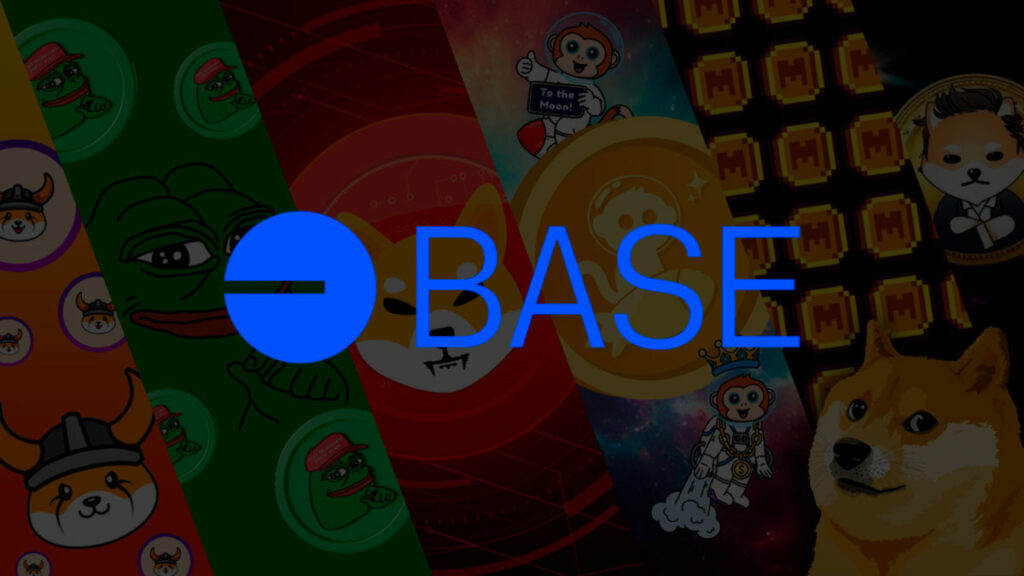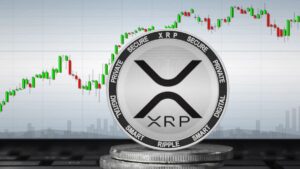TL;DR
- The Base Network has been experiencing skyrocketing gas fees, largely due to a surge in memecoins and an influx of traders, causing concerns among users and developers.
- The Dencun upgrade of Ethereum reignited interest in the Layer-2 ecosystem, propelling platforms like Base to unprecedented levels. However, gas fees on Base skyrocketed due to network congestion, despite maintaining relative stability on other Layer-2 networks.
- Data analyst Michael Silberling attributed the inconsistency in gas fees to high-frequency memecoin trading by automated entities, resulting in increased demand and prices for meme coins on Base, and consequently, elevated gas fees.
In recent weeks, the Base Network has been grappling with skyrocketing gas fees, a situation that has been largely attributed to the surge in memecoins and an influx of traders. The Base Network, a DeFi platform known for its efficiency and low transaction costs, has seen a dramatic increase in gas fees.
This has raised concerns among users and developers alike, as the platform was once lauded for its affordability. Experts point to the sudden popularity of memecoins as a significant factor in this surge.
Memecoins, often created as a joke or for fun, have gained serious traction in the market, attracting a wave of new traders. The increased activity has put a strain on the Base Network, leading to higher gas fees.
Decoding the Gas Fee Surge: The Case of the Base Network

The Dencun upgrade of Ethereum significantly reignited interest in the Layer-2 ecosystem, propelling platforms such as Base to unprecedented levels due to the assurance of low fees. Before the Dencun upgrade, Base was processing approximately 440,000 transactions daily. This figure escalated to two million post-upgrade.
The network was set for further expansion as there were no indications of growth deceleration. However, the situation rapidly changed when gas fees skyrocketed by 2000% on March 20, reaching an average of $2 due to network congestion.
Despite a swift return to the standard $0.2 threshold during periods of reduced activity, the fees surged again over the weekend, reaching $1.9, marking an increase of 1100%. Fascinatingly, while Base’s fees experienced a tumultuous ride, gas fees on other Layer-2 networks such as Arbitrum, Optimism, and ZKsync maintained relative stability, remaining below $0.001.
Data analyst Michael Silberling was quick to spot the inconsistency, attributing it to three unidentified contracts involved in high-frequency memecoin trading. Silberling observed that a significant portion of the activity on Base originated from automated entities targeting memecoins, likely engaging in arbitrage and setting unusually high gas fees for priority.
As per the specialist, the surge of trading bots on the network resulted in increased demand and prices for meme coins on Base, which in turn led to elevated gas fees.










